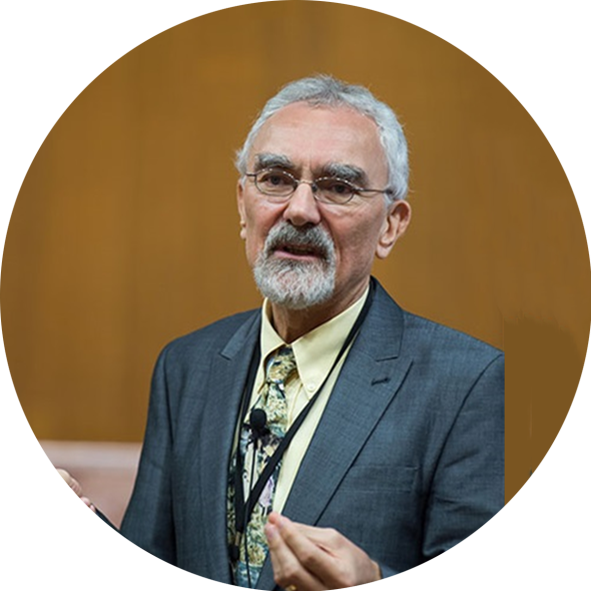Prof. Lajos Hanzo
 |
FREng, FIEEE, FIET, EURASIP Fellow |
Lajos Hanzo (http://www-mobile.ecs.soton.ac.uk, https://en.wikipedia.org/wiki/Lajos_Hanzo) (FIEEE'04) received his Master degree and Doctorate in 1976 and 1983, respectively from the Technical University (TU) of Budapest. He was also awarded the Doctor of Sciences (DSc) degree by the University of Southampton (2004) and Honorary Doctorates by the TU of Budapest (2009) and by the University of Edinburgh (2015). He is a Foreign Member of the Hungarian Academy of Sciences and a former Editor-in-Chief of the IEEE Press. He has served several terms as Governor of both IEEE ComSoc and of VTS. He has published 2000+ contributions at IEEE Xplore https://ieeexplore.ieee.org/search/searchresult.jsp?action=search&newsearch=true&matchBoolean=true&queryText=(%22All%20Metadata%22:hanzo) , 19 Wiley-IEEE Press books and has helped the fast-track career of 123 PhD students. Over 40 of them are Professors at various stages of their careers in academia and many of them are leading scientists in the wireless industry. He is also a Fellow of the Royal Academy of Engineering (FREng), of the IET and of EURASIP. His citations can be found at https://scholar.google.com/citations?user=p0jnEW0AAAAJ Speech Title: Space, Air, Ground Integrated Networking from Single- to Multi-component Pareto Optimization |
|
Copyright © 2022 IEEE 22nd International Conference on Communication Technology |
ieee-icct.org |
Media Partner ![]()
